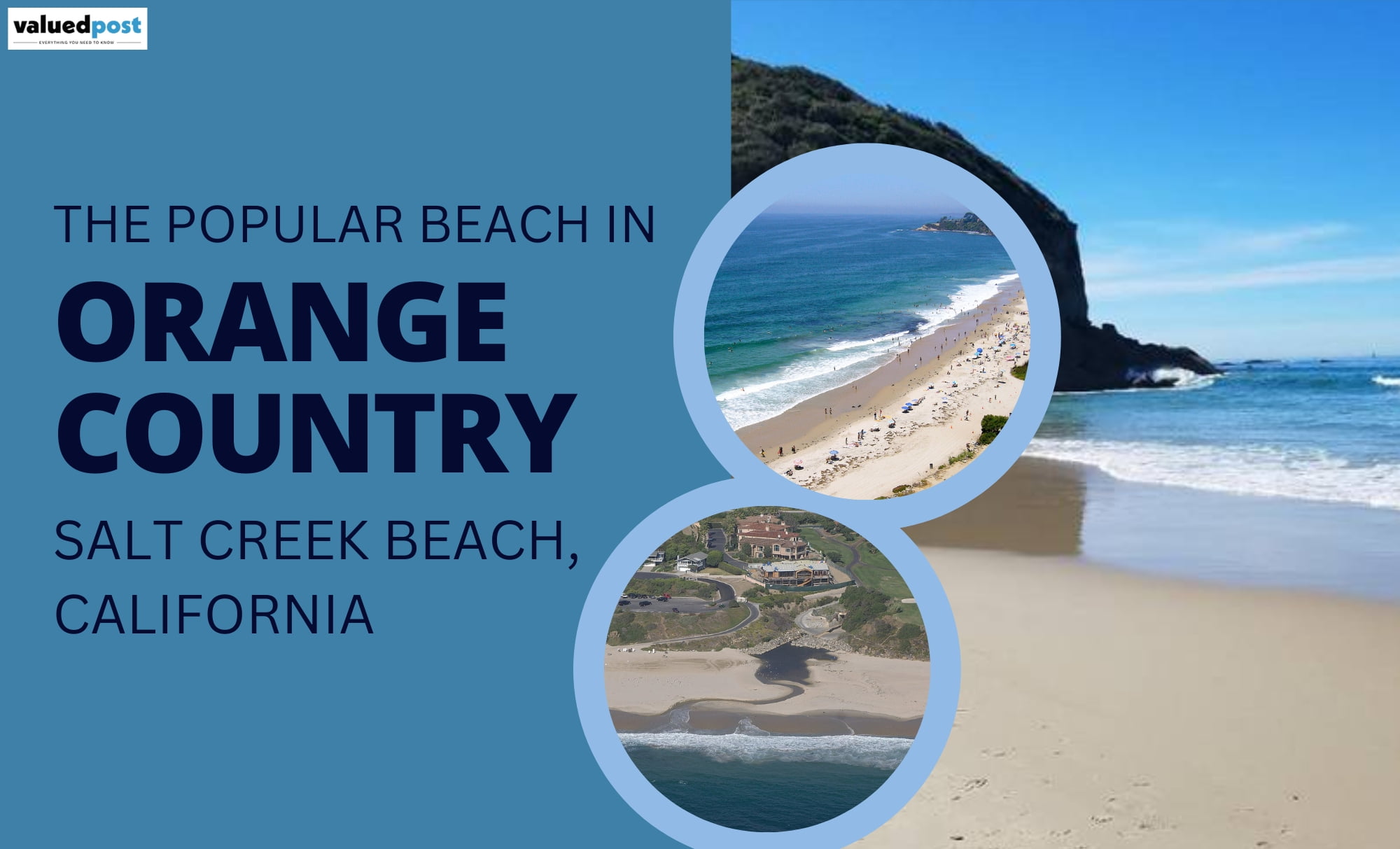Point Lookout State Park is a public recreation and historic preservation area located at the peninsula’s southernmost point.
Did you know?
During the War of Independence and the War of 1812, the strategic location of Point Lookouts made it an ideal place to watch British ships along the Chesapeake Bay and the Potomac River.
Other amenities include launching boats, beaches, hiking trails, picnic areas and camping. The Civil War Museum and Wetland Nature Center are located in the campsite and are open to the public, day visitors and holidaymakers. Other activities in the park include hiking the Periwinka Nature Trail, which connects the nature centre and camping ring (watch out for poison ivy), the Point Lookout lighthouse built-in 1830, and the restored Civil War fortress.
Are there any farms in the park?
On the north side of the park is Jacobs Farm, which can be reached from Cornfield Harbor Road. Near the park’s edge, the marshes along Cornfield Harbor Drive are a well-known place to find wrens in winter, although these birds are rare.
In addition, a ferry to Smith Island departs from Point Lookout Pier and provides the opportunity to see pelagic species such as Wilson’s storm petrel in July, when the species sometimes travels to the lower Chesapeake Bay. While the park is surrounded by a sandy beach, the cove has a beach for dogs and fishing.
The beaches in the park:
The bathing beach is located on the riverbank, separated from the nearest parking lot by a picnic area planted with trees. The beach is inside the park’s gate (not the camping gate), but about 1.5-2 miles. Limited parking spaces are available near the entrance to the beach picnic area. Swimming, fishing, boating and camping are just some of the activities in this beautiful bay.
Boating, fishing, hiking, mountain biking, swimming, basketball, baseball, and horseshoe games are some of the guests’ favourite activities. Fishing on the beaches is definitely a favourite pastime from the marina or boat. The park has several good birdwatching spots, each with its own merits.
The Point / Lighthouse area is often an excellent location to observe predators’ migration or spot diving ducks, gulls, terns, grebes, brown pelicans, and cormorants in winter. In winter, the park is known for a large variety of waterfowl, which can be seen from many points of view overlooking the water, 33 species in total.
Where are the campsites in the park?
The brown nuthatch nests in the park are found near the visitor centre or in campsites. After the entrance sign, the second street on the right will be the campground. Continue on Point Lookout Road for 0.8 miles, pass Confederate Memorial, turn left, and walk south along Cornfield Harbour Road (on the left after the memorial). Several explanatory signs along the way indicate sights, and near the top of the point is the only surviving building in the POW camp.
About a mile from here, north of here was the largest Confederate POW camp in the country. Officially named Camp Hoffman, the 40-acre prison complex was established north of Hammond Hospital. The massive structure, which could hold 1,400 people, was erected on poles about two to three feet above the ground and covered most of the Potomac River and the Chesapeake Bay.
There were two reception camps at the top of the track, and one was busy. There were 4 or 5 drinking water taps, but I only used the one at the top of the chain.















